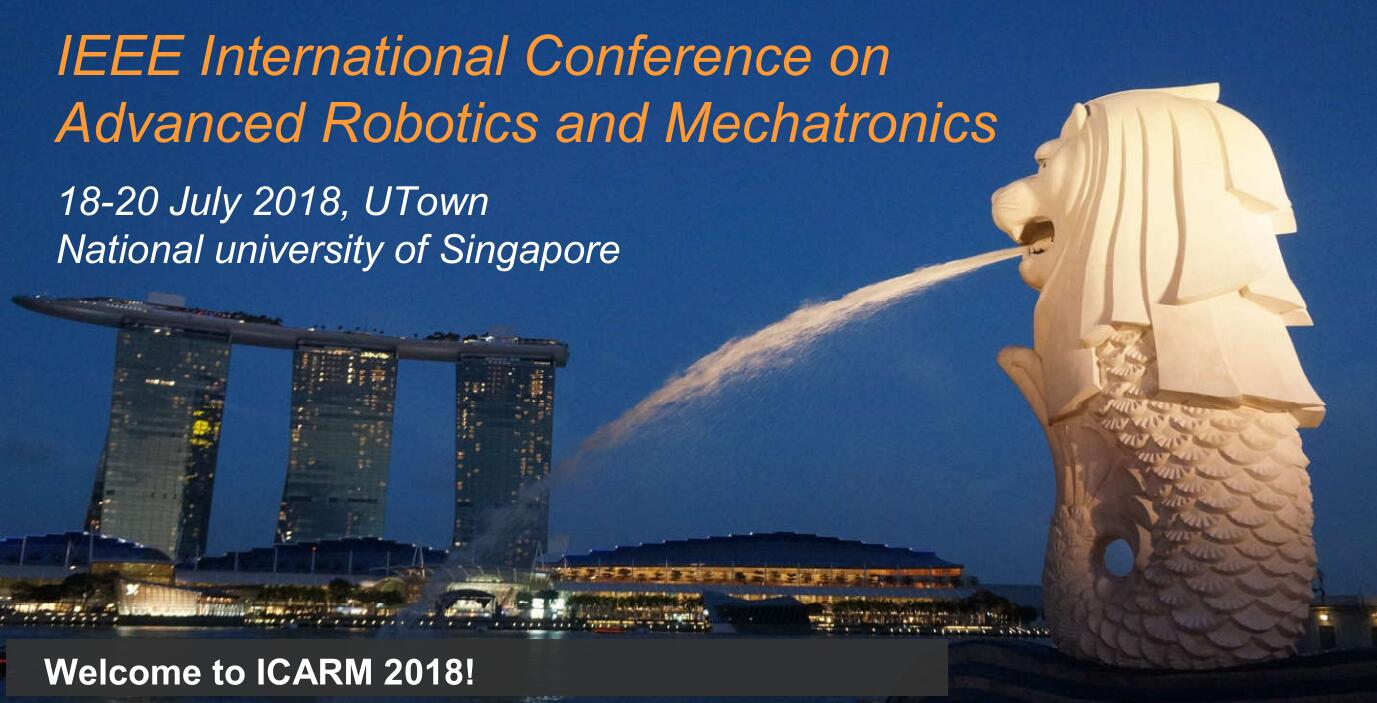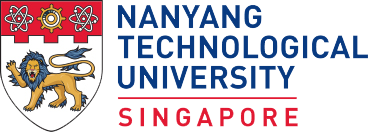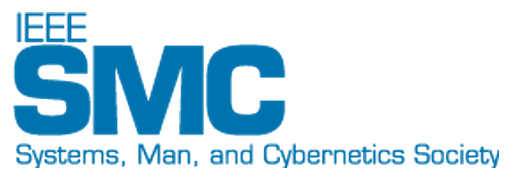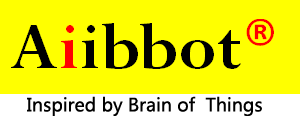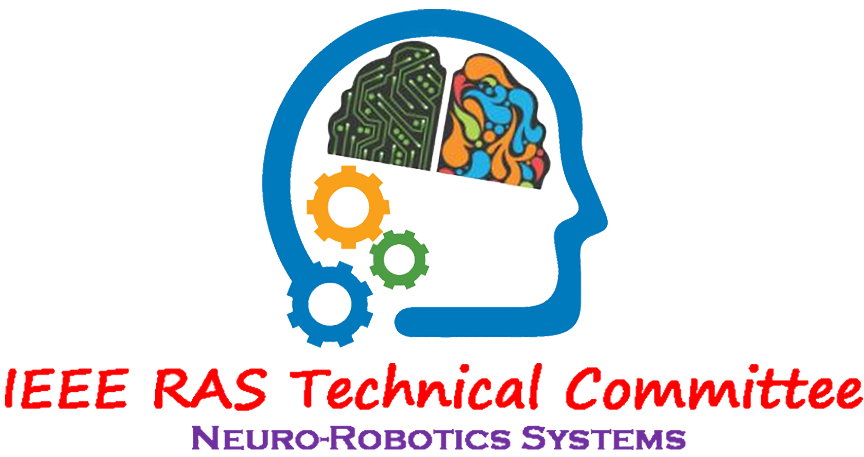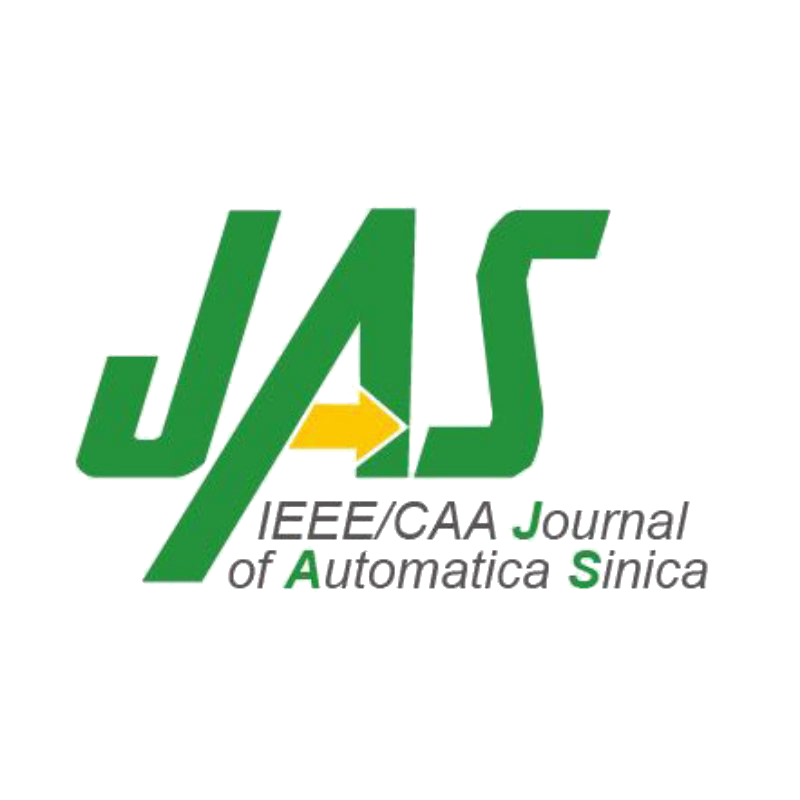Cross-modal perception means using a combination of various sources and types of sensory data to gain a better understanding of the robot’s environment than could be with achieved from individual sensors. The key to cross-modal perception is to establish a unified representation between multi-modal data sources. Cross-modal learning has been extensively utilized in web search, and human-computer interaction, but finds little application in industrial robots. Currently, we can find lots of sensors in industrial robots, but the multi-modal integration and cross-modal transferring problems are still difficult. The first challenge stems from the heterogeneous gap: there exists significant feature space difference between modalities and direct comparison or matching between them is difficult. The second challenge stems from the weak pairing: it is difficult to establish the sample correspondence relationship between modalities. Those challenges incur many unsolved problems worth of research.
This special issue mainly focuses on cross-modal learning technology for modern industrial robots, solving both original theoretical development and engineering applications of cross-modal learning and transferring. We are soliciting original contributions of active researchers and practitioners from academia as well as industry.
When you submit your paper, please include a Letter to the Editor explaining it is for this Special Issue.
submission deadline 1st June 2018
Information technologies are permeating all aspects of manufacturing systems as well as other fields, expediting the generation of industrial big data. Traditionally, the devices collected the sensor data from various sources and information fusion was then performed. This incurs great burdens for time and storage costs. Recently, more and more intelligent devices are equipped in the industrial environment. This provides more opportunities for better data collection and processing for industrial intelligence. Active perception technology, which performs control strategies on the data acquisition process, enables the devices to seamlessly integrate the perception and action to reach high-level goals rather than to accomplish low-level commands. It helps to select more useful information and may save the life of the sensors. However, there exist many unsolved challenging problems since the feedback is performed on complex processed sensory data, i.e., various extracted features. In addition, the performance evaluation of active perception is far from settled, since the benchmark dataset is difficult to establish.
This special issue mainly focuses on active perception technology for industrial intelligence, addressing both original algorithmic development and new applications of active perception. We are soliciting original contributions, of leading researchers and practitioners from academia as well as industry, which address a wide range of theoretical and application issues in active perception for industry intelligence. Topics for this special issue include, but are not limited to:
While initially conceived for human motion augmentation, wearable robots and bio-mechatronics have gradually evolved as technological aids in motion assistance and rehabilitation. They have increasing applications in industrial and medical scenarios. This special issue presents a hot topic in robotics on how to effectively and efficiently integrate human and robot together and formulate control strategies to human-robot hybrid (HRH) systems. Recently, human-coupled robots have been extensively investigated due to their potential wide applications in world-wide environments. Unlike automatically controlled robots, hybrid human-robot systems are able to deal with more unstructured environments and variable task situations. Hybrid intelligence, as a combination of purely autonomous and human control modes, can effectively improve the performance of task execution and decrease workload demands on human operators. The special issue seeks contributions on Human-robot Hybrid Intelligence approaches that demonstrably enable efficient interaction and cooperation between humans and robots. The main purpose of this special issue is to publish the state-of-the-art, challenges and applications of Human-robot Hybrid intelligence include (but not limited to):
